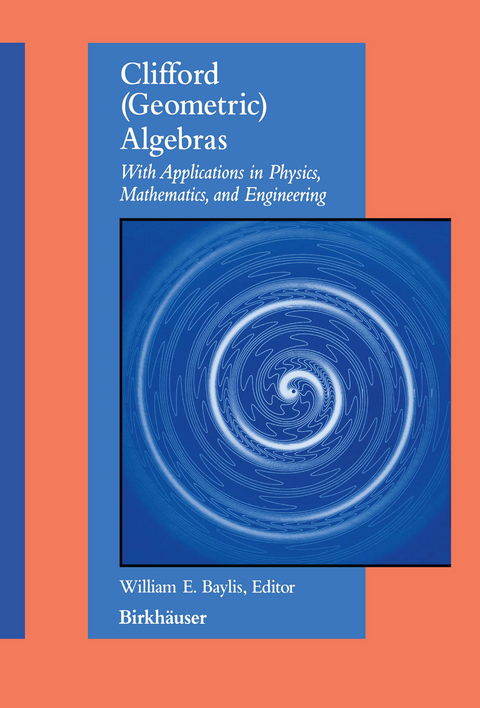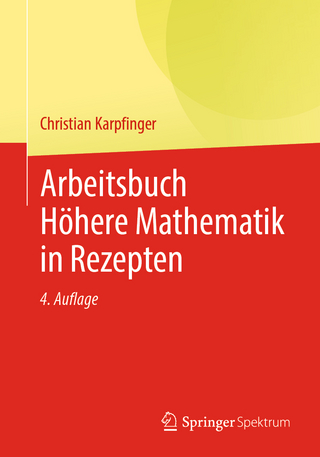
Clifford (Geometric) Algebras
Birkhauser Boston Inc (Verlag)
978-0-8176-3868-9 (ISBN)
1 Introduction.- 2 Clifford Algebras and Spinor Operators.- 3 Introduction to Geometric Algebras.- 4 Linear Transformations.- 5 Directed Integration.- 6 Linear Algebra.- 7 Dynamics.- 8 Electromagnetism.- 9 Electron Physics I.- 10 Electron Physics II.- 11 STA and the Interpretation of Quantum Mechanics.- 12 Gravity I — Introduction.- 13 Gravity II — Field Equations.- 14 Gravity III — First Applications.- 15 Gravity IV — The ‘Intrinsic’ Method.- 16 Gravity V — Further Applications.- 17 The Paravector Model of Spacetime.- 18 Eigenspinors in Electrodynamics.- 19 Eigenspinors in Quantum Theory.- 20 Eigenspinors in Curved Spacetime.- 21 Spinors: Lorentz Group.- 22 Spinors: Clifford Algebra.- 23 Genersd Relativity: An Overview.- 24 Spinors in General Relativity.- 25 Hypergravity I.- 26 Hypergravity II.- 27 Properties of Clifford Algebras for Fundamental Particles.- 28 The Extended Grassmann Algebra of R3.- 29 Geometric Algebra: Applications in Engineering.- 30 Projective Quadrics, Poles, Polars, and Legendre Transformations.- 31 Spacetime Algebra and Line Geometry.- 32 Generalizations of Clifford Algebra.- 33 Clifford Algebra Computations with Maple.
| Zusatzinfo | XVIII, 517 p. |
|---|---|
| Verlagsort | Secaucus |
| Sprache | englisch |
| Maße | 178 x 254 mm |
| Themenwelt | Mathematik / Informatik ► Mathematik ► Algebra |
| Mathematik / Informatik ► Mathematik ► Geometrie / Topologie | |
| Naturwissenschaften ► Physik / Astronomie ► Allgemeines / Lexika | |
| ISBN-10 | 0-8176-3868-7 / 0817638687 |
| ISBN-13 | 978-0-8176-3868-9 / 9780817638689 |
| Zustand | Neuware |
| Informationen gemäß Produktsicherheitsverordnung (GPSR) | |
| Haben Sie eine Frage zum Produkt? |
aus dem Bereich


